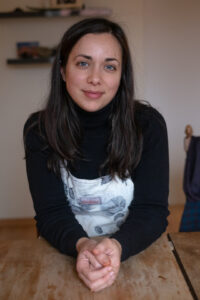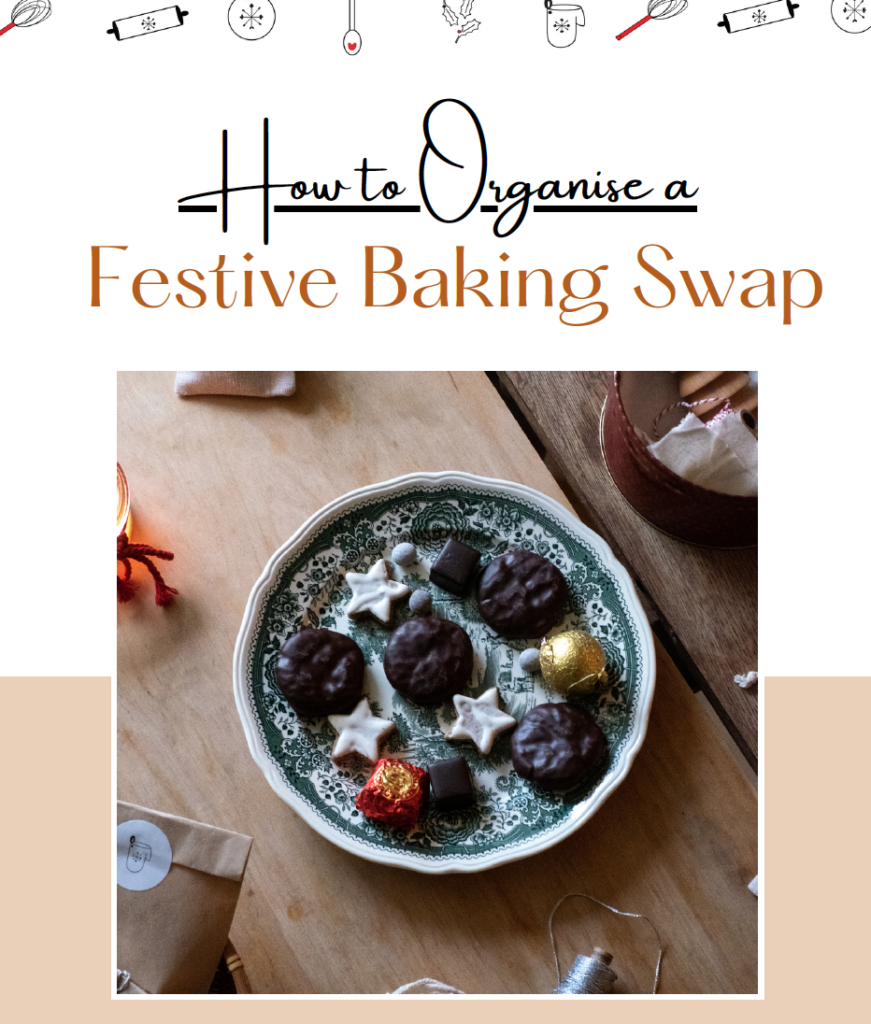
LEARNING THE ART OF HYGGE
There is a good chance that at some point last year (2016), you heard the term ‘hygge’. Perhaps you stumbled upon an article or a book about it. In fact, the latter is highly likely. According to the Guardian, 2016 saw nine book releases with hygge in the title. Last year it seems, was the year of hygge – the term was even shortlisted in Oxford Dictionary’s top terms for 2016.
So, what is hygge? Pronounced ‘hoo-ga’ or ‘hue-ga’, hygge doesn’t have a direct translation into English. In fact, it requires a host of words to convey its meaning. This Danish philosophy has been likened as a feeling or mood which brings about warmth, togetherness, coziness, comfort, happiness, positivity, contentment and enjoyment.
Hygge is also a way to bring more meaning and warmth to the everyday, living slower, and creating and embracing the small joys in life. How does one hygge? By making yourself a hot cup of coffee or tea, taking the time to read a book, wearing thick comfy socks, indulging in a Danish cinnamon bun, running a bath or snuggling up and watching a movie. It’s a state of giving back to yourself and can be done alone or even better, with a group of close friends.
Hygge is a national concept in Denmark and is practiced all year round, but especially in winter to combat the dark and cold but also embrace the joys and traditions of Christmas time. Interestingly, the origin of the word is said to come from Norwegian and old Nordic, and then adopted by the Danes around the eighteenth century. Unsurprisingly, hygge is also related to the English word ‘hug’.
Even though we don’t have a term for hygge in English, these tactics for enjoying sweet moments and comforts exist in our culture too. For example, going on a coffee run. Between 7am and 10am it would be highly unlikely for you not to see an individual carrying take away coffee cups around Melbourne, or seeing groups of colleagues at cafes chatting while they wait for their coffee. They could make their coffee at work or home but it’s the ritual in buying their coffee, having it made professionally and catching up with workmates that eases them into their day.
In 2013, the very essence of hygge was challenged. The European Union (EU) threatened a ban on the Danes’ much loved cinnamon bun rolls, kanelsnegle. EU regulators discovered that an average bun exceeded the EU limit on coumarin, a compound found in cinnamon that is apparently toxic in high doses. However, thanks to a reclassification of cinnamon bun rolls as a traditional or seasonal food consumed only occasionally, they were able to avoid the ban. Phew!
Melbournian’s love their sweet treats too, in fact, we indulged so much on Nutella filled and drizzled sweets in 2015 that it lead to a shortage. I’m not sure whether the Danes would feel compelled to say we took hygge to a new level but we definitely gave it a good crack.
In fact, between Melbourne being awarded the most liveable city in the world six times by the Economist Intelligence Unit, and Denmark ranking as one of the happiest nations in the world for three years out of four according to the World Happiness Report, perhaps Melburnians have a stronger hold on the hygge philosophy than we think.
In order to understand it further, I’ve asked for a little help from the Melbourne based Danish national, Ninna Larsen of coffee waste recycling business, Reground.
Ninna, what is your definition of hygge?
Hygge is a combination of a feeling and a physical environment. It’s when you feel perfectly relaxed, calm and safe as well as you being somewhere that provides all the right elements for hygge. Often ‘hyggelige’ spaces have dim and soft lighting – hygge often happens after dark (or in the north during winter), or somewhere soft like a couch with fluffy doonas. Hygge has a lot to do with comfort and being around people that know you well like family or good friends.
Is hygge something you do everyday and how do you practice it?
I seek to create ‘hygge’ around me at home. Often, hygge isn’t found many other places than at home. I think that’s because you have to be somewhere familiar to really feel safe and truly comfortable. However, as I am busy and out a lot, I seek to go to restaurants that provide ‘hyggelige’ surroundings and to seek out the company of good friends. My home is very ‘hyggeligt’ and includes lots of candles.
What are the most common ways Danish people practice hygge?
Hygge is an integral part of the Danish culture. We practice it always. When we are at home or when we are out. We drink a lot of hot drinks like tea and hot chocolate and we talk a lot. When Danes practise hygge we simply have no purpose other than being present and talking. It’s all in the feeling of being comfortable which you can only really be if you have nowhere to be. In that sense, we practice hygge every time we de-stress.
Is hygge encouraged at schools and in work places and if so, how?
No, not really. Maybe at Christmas time, but that’s all. Like I said, hygge is a cultural phenomenon. It’s everywhere, so naturally it would also happen at schools and work places – rooms, certain conversations or people can be ‘hyggelige’ as an example. But – for hygge to happen you need to be relaxed and have no other thing on your mind but just being present and comfortable, so naturally it doesn’t really go well with work or school.
For non-Danish people, what are some things we should avoid when we hygge?
Anything that makes you feel uncomfortable. Hygge is different to everyone, but seek out what makes you feel relaxed and at home and do more of that and less of what feels like a chore or work.
If a Dane invites you to hygge with them, what should you bring or do?
Just be – there is no recipe for hygge, but any Dane can tell if you look like you’re embracing the ‘hygge’ as you would be happy and relaxed. So don’t try too hard, as that would be the reason why it’s not achieved.
Some suggestions on how to hygge from Ninna
- Drink a glass of wine/cup of tea with a good friend somewhere dark – like late at night at home or in a cosy bar.
- Have good conversations with friends and family somewhere relaxing like the park or at home over dinner
- Put on good music, light candles and have a warm shower so you feel really clean, calm and relaxed and then read a good book!









